The Serengeti National Park, meaning “endless plains” in the Maasai language, is undoubtedly one of the world’s most celebrated wilderness areas and is an ongoing source of inspiration to writers, filmmakers and photographer alike.
The legendary Serengeti, known locally as ‘Siringitu’ meaning “The Endless Plains” in the Maasai language, covers 14,763 square kilometers. The Serengeti National Park is one of the world’s largest wildlife sanctuaries and the path of the world’s largest and greatest wildlife migration circuit.
Today, the Great Migration attracts safari enthusiasts worldwide, who flock to witness the natural phenomenon of over one million wildebeest and other grazing herbivores making their annual journey following the rains from the Maasai Mara to the Serengeti. But this incredible place offers far more than the Great Migration and, with abundant wildlife, offers year-round game viewing. Another important phenomenon that happens in the Serengeti is the carving season when the animals give birth in February to March every year.
The Serengeti’s vast plans and reaches help the black rhino fight extinction and provides a protected breeding ground for the vulnerable cheetah. Its rolling plains are also home to big cats, buffalo, elephant, giraffe, eland, hyena and impala – to name but a few. At Serengeti witness predator versus prey and the fundamental interdependence of the Serengeti’s abundant species, from more than 500 varieties of bird to 100 types of dung beetle.
The park is broadly divided into four areas. The central Seronera Valley has a year-round water supply and is the most popular region to visit, and the Western Corridor follows the crocodile-inhabited Grumeti River up towards Lake Victoria. The Northern Serengeti is less accessible and therefore quieter, while the Southern Serengeti is dominated by the vast plains.
Nearby, Olduvai Gorge is one of the most important archaeological sites in the world, known as the ‘cradle of mankind’. Here is where some of the earliest humanoid remains were found.
The Serengeti has been described as a sense of seeing to the ends of the earth, the sun-burnt savannah shimmering to the horizon. Yet after the rains this golden horizon is magically transformed into an endless carpet flecked with wildflowers. Not forgetting the wooded hills, towering termite molds and rocky kopjes, rivers lined with elegant stands of fig trees, ebony and acacia, stained orange by dust. It is so vast you may be the only human audience when a pride of lions masterminds a siege, focuses unswervingly on their next meal.
Why Visit Serengeti National Park, Northern Tanzania.
- Visit a UNESCO World Heritage Sites.
- Visit what is undoubtedly one of the world’s most celebrated wilderness areas that is an ongoing source of inspiration to writers, filmmakers and photographers.
- The annual Great Migration - an estimated three million antelope, mostly wildebeest migrate to Kenya’s Masai Mara Game Reserve.
- It is Tanzania’s oldest game reserve, renowned as the site of the annual Great Migration, when an estimated three million antelope – mostly wildebeest — migrate to Kenya’s Masai Mara Game Reserve. This epic, seasonal journey is a deeply moving experience and a wonderful photographic subject.
- Big Five National Park with a huge concentration of cats.
Featured Serengeti National Park, Safari Holiday Vacation Trips
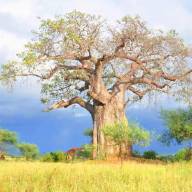
Classic Tanzania Safari Holiday Experience – 8 Days
Classic Tanzania Safari Holiday Experience is an 8 Day and 7 night classic safari holiday expedition to the popular Northern Tanzania Safari Circuit. Experience some of the best National parks and...
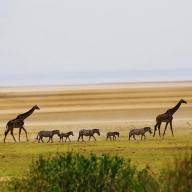
Tanzania Family And Friends Safari Holiday Vacation - 7 Days
Tanzania Family And Friends Safari Holiday Vacation - 7 Days. We all know that these days it is difficult to find a family holiday that suits everyone. This sample trip is action packed providing a...
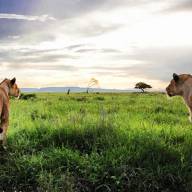
Best of Serengeti Safari Holiday Vacation – 4 Days
Best of Serengeti Safari Holiday Vacation – 4 Days and 3 night luxury safari Experience to the endless plains of the famous Serengeti National Park with a luxury stay at Sanctuary Kusini, the only...
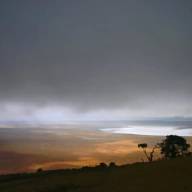
Tanzania and Rwanda Highlights Safari Holiday – 11 Days
The highlights of Tanzania and Rwanda Highlights Safari Holiday – 11 Days includes the game of Tanzania, to the mountain gorillas of Rwanda. This beautiful 11 day safari explores the wildlife rich...
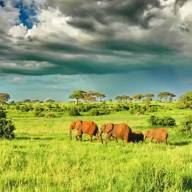
Extended Highlights of Tanzania Safari Holiday Experience – 12 Days
Extended Highlights of Tanzania Safari Holiday Experience is a 12 Days / 10 Nights safari holiday experience, highlights some of the best, famous and well known destinations in the wonderful, scenic...
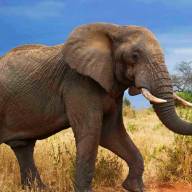
Highlights of Tanzania Safari Holiday Experience – 9 Days
Highlights of Tanzania Safari Holiday Experience – 9 Days / 8 Nights safari holiday experience, highlights some of the best, famous and well known destinations in the wonderful, scenic and beautiful...
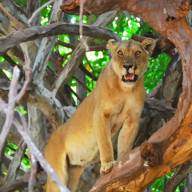
Luxury Tanzania Safari & Zanzibar Beach Honeymoon - 12 Days
Luxury Tanzania Safari & Zanzibar Beach Honeymoon - 12 Days is designed for honeymooners who want the ultimate in luxury. Each of the lodges listed in this itinerary are some of the best in Tanzania...
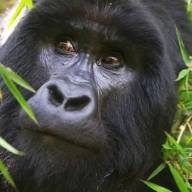
Gorillas, Big Cats, Game & Beach – 16 Days
Gorillas, Big Cats, Game & Beach – 16 Days is an exciting safari that starts in Rwanda where you will track the endearing and endangered mountain gorillas from the luxury of the Virunga Mountain...
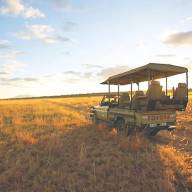
Classic Tanzania Safari with Pemba Island Beach Safari - 12 Days
Classic Tanzania Safari with Pemba Island Beach Safari - 12 Days encompasses a Northern Circuit Safari with a beach extension on Pemba Island, a small island off the coast of Zanzibar.

Big Game and Gentle Giants Safari Holiday Vacation – 11 Days
Big Game and Gentle Giants Safari Holiday Vacation – 11 Days and 7 Night luxury Safari Package that combines the majestic bush safari experience Tanzania with the one of the most exhilarating...
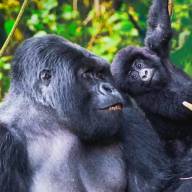
Mountain Gorillas, Beach & Game Safari – 12 Days
Mountain Gorillas, Beach & Game Safari – 12 Days is a unique safari taking in the highlights of East Africa including tracking the endangered mountain gorillas of Rwanda, enjoying the big game and...
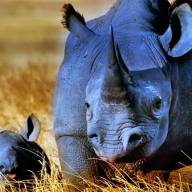
Tanzania Pure Safari Adventure Holiday Vacation - 12 Days
Tanzania Pure Safari Adventure Holiday Vacation - 12 Days. The Ngorongoro Crater is quite isolated from the rest of the area around it. Not only can you see almost all wild animals of East Africa...
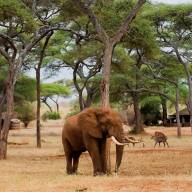
Luxury Bush to Beach Tanzania Adventure Safari Holiday – 11 Days
Luxury Bush to Beach Tanzania Adventure Safari Holiday – 11 Days / 10 night safari that Combines an exciting safari at Sanctuary Swala in Tanzania's remote Tarangire followed by Sanctuary Kusini in...

Sanctuary’s Best of Tanzania Safari Holiday Expedition – 8 Days
Sanctuary’s Best of Tanzania Safari Holiday Expedition – 8 Days and 7 Nights Safari holiday expedition Package show casing the very best bush safari destinations Tanzania has to offer.
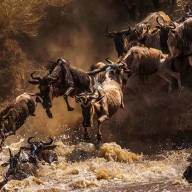
Migration, Lake & Crater Kenya and Tanzania Safari Holiday Experience - 10 Days
Migration, Lake & Crater Kenya and Tanzania Safari Holiday Experience - 10 Days. Discover the lands of classic safari as you follow the Great Migration from the spotted land of the Masai Mara to the...


